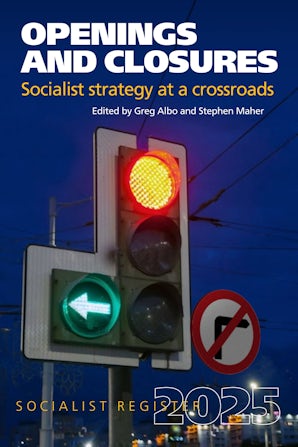Also in this issue
Books by Stephen Maher
Openings and Closures: Socialist Strategy at a Crossroads
Edited by Greg Albo and Stephen Maher
Late-Stage Capitalism? Accumulation in the Ruins
by Greg Albo and Stephen Maher



